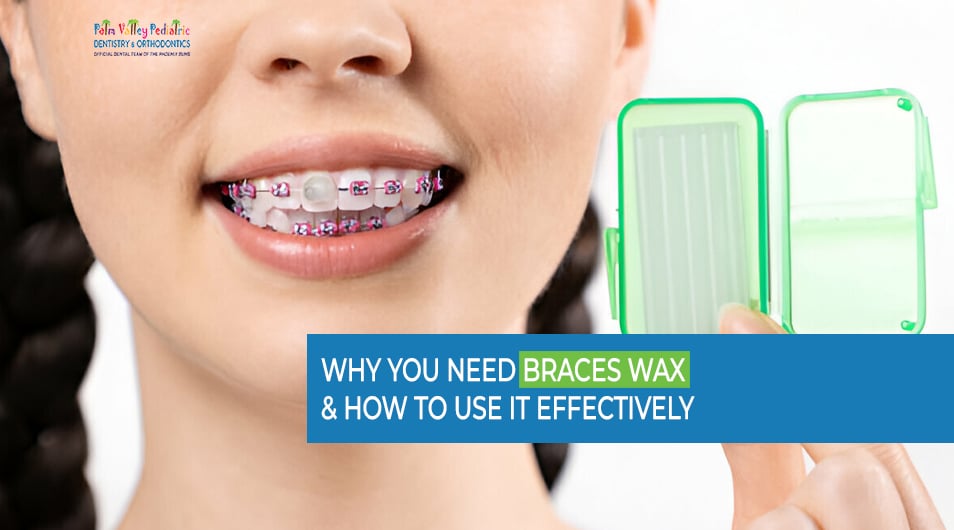Teeth Colour Scale

The concept of a teeth colour scale has been a cornerstone in dentistry, particularly in the fields of cosmetic dentistry and oral aesthetics. It is a tool used to measure and classify the colour of teeth, which is crucial for achieving natural-looking results in dental restorations, whitening procedures, and other cosmetic treatments. Understanding the teeth colour scale is not only essential for dental professionals but also for individuals interested in improving the appearance of their teeth.
Historical Evolution of Teeth Colour Scales
The first attempts to standardize tooth colour date back to the early 20th century. However, it was the introduction of the Vita Shade Guide in the 1950s that revolutionized the field. This guide, developed by Vita Zahnfabrik, provided a systematic approach to tooth colour classification, using a combination of letters and numbers to denote different shades. Since then, various iterations and improvements have been made, including digital tools and more comprehensive shade guides, to better match the wide range of natural tooth colours found in the human population.
How the Teeth Colour Scale Works
The most commonly used system is the Vita Shade Guide, which categorizes tooth colours into four main groups: A, B, C, and D. Each group represents a different hue, with A being the most common and representing a reddish-brown colour, B representing a more yellowish hue, C a greyish colour, and D a more reddish colour. Within these groups, there are further subdivisions (1-4) that denote the lightness or darkness of the tooth, with 1 being the lightest and 4 being the darkest. This results in a total of 16 basic shades, plus additional bleached shades for teeth that have undergone whitening procedures.
Advanced Digital Solutions
In recent years, there has been a shift towards digital solutions for tooth colour matching. These systems use advanced technology, such as spectrophotometry, to accurately measure the colour of the tooth and provide a precise match from a vast digital library of shades. Digital colour matching not only enhances the accuracy of shade selection but also streamlines the process, reducing the time and effort required for dental professionals to achieve the perfect match.
Importance of Accurate Colour Matching
Accurate colour matching is crucial for several reasons. Firstly, it ensures that dental restorations, such as crowns, veneers, and implants, blend seamlessly with the patient’s natural teeth, enhancing the overall aesthetic outcome. Secondly, it helps in achieving patient satisfaction, as mismatched tooth colours can be noticeable and affect the patient’s self-confidence. Finally, from a technical standpoint, accurate colour matching is essential for the longevity and success of dental restorations, as it ensures that the materials used are appropriate for the patient’s specific tooth colour, thus minimizing the risk of complications or the need for future adjustments.
Myth vs. Reality: Common Misconceptions About Teeth Whitening
There are several misconceptions surrounding teeth whitening and its effects on tooth colour. One common myth is that teeth whitening can damage the enamel or make teeth more sensitive. While it is true that improper use of whitening products can lead to sensitivity, professional teeth whitening procedures, when done correctly, are safe and do not damage the enamel. Another myth is that once teeth are whitened, they will remain that way forever. In reality, teeth can stain again over time due to diet, smoking, and other factors, requiring maintenance or touch-up treatments.
Practical Application Guide: Maintaining Your Tooth Colour
Maintaining the colour of your teeth after a whitening procedure or dental restoration requires attention to oral hygiene and lifestyle habits. Here are a few tips:
- Regular Brushing and Flossing: Keeping your teeth clean is essential for preventing stains and maintaining oral health.
- Dietary Considerations: Avoid foods and drinks that are known to stain teeth, such as coffee, red wine, and berries. If you do consume these items, rinse your mouth with water afterwards.
- Avoid Smoking: Smoking is not only harmful to your health but also significantly stains teeth.
- Regular Dental Check-Ups: Schedule regular appointments with your dentist for cleanings and to address any oral health issues promptly.
Future Trends in Tooth Colour Technology
As technology continues to advance, we can expect to see even more sophisticated tools for tooth colour matching and analysis. One area of development is in the use of artificial intelligence (AI) to predict the outcome of teeth whitening procedures and to assist in the selection of the most appropriate shade for dental restorations. Additionally, there is a growing interest in more natural and less invasive cosmetic dental procedures, which may lead to innovations in tooth colour enhancement techniques that prioritize minimal intervention while maximizing aesthetic results.
FAQ Section
What is the Vita Shade Guide?
+The Vita Shade Guide is a widely used system in dentistry for classifying tooth colours. It categorizes teeth into different shades based on their hue and lightness, helping dental professionals to select the most appropriate colour for dental restorations and whitening procedures.
How often should I get my teeth whitened?
+The frequency of teeth whitening depends on several factors, including your diet, smoking habits, and oral hygiene practices. Generally, touch-up treatments may be necessary every 6-12 months to maintain the desired level of whiteness. It's best to consult with a dental professional for personalized advice.
Can I use at-home whitening kits if I have dental restorations?
+It's generally recommended to consult with a dentist before using any at-home whitening products, especially if you have dental restorations. Whitening products may not affect restorations like crowns or veneers in the same way as natural teeth, which could lead to uneven colouration. A professional can advise on the best approach to achieve your desired results safely and effectively.
In conclusion, the teeth colour scale is a vital tool in modern dentistry, enabling professionals to achieve highly aesthetic and natural-looking results in cosmetic procedures. As technology and our understanding of tooth colour continue to evolve, we can expect even more precise and effective methods for tooth colour matching and enhancement. Whether you’re considering a dental restoration, teeth whitening, or simply looking to maintain the health and appearance of your teeth, understanding the basics of the teeth colour scale can provide valuable insights into the world of cosmetic dentistry.


